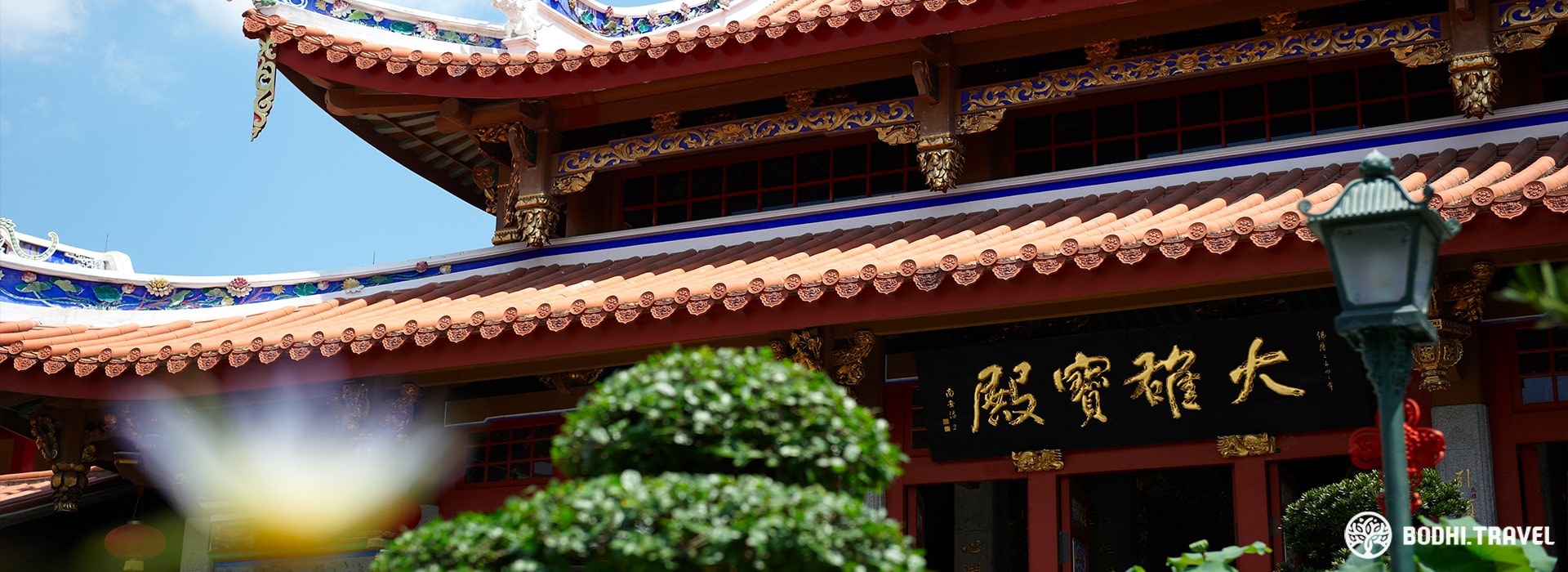
5 Interesting Discoveries at SLM
BODHI ADMIN - Posted on November 15, 2019 - 1,423 Views
There are myriad of architectural designs, Buddhist elements and decorative motifs to admire when visiting Lian Shan Shuang Lin Monastery.
Here’s five things (in no particular order) for you to look out for during your next visit to the Monastery.
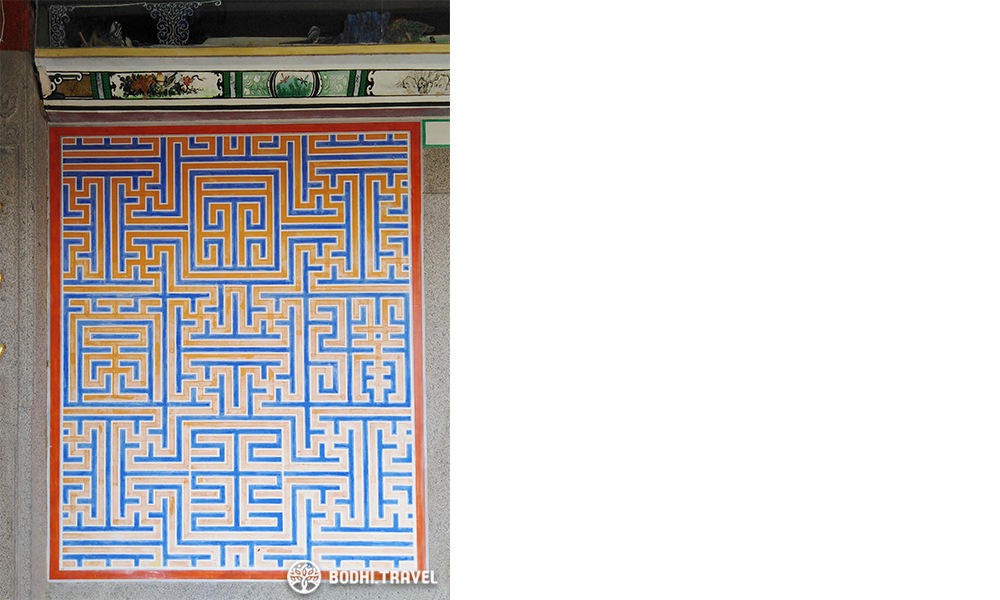
Located at the back of the Hall of Celestial Kings, there are four decorative murals that look merely intricate at first glance. However, with closer scrutiny, one can decipher the chinese term 金玉滿堂 (meaning a hall filled with gold and jade) in this design. Can you see it? Try to figure out the other three murals when you are visiting.
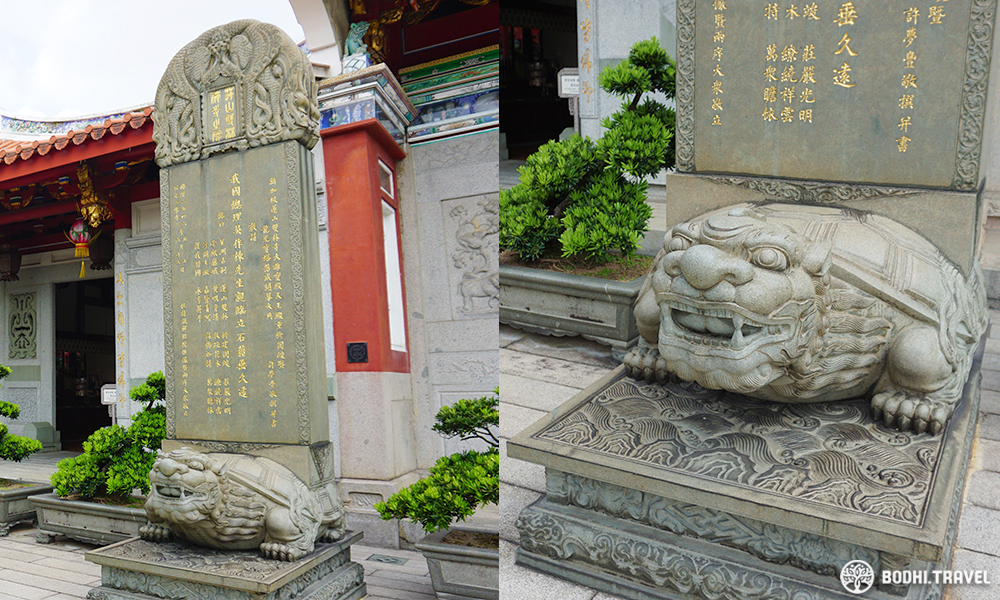
Walking into the first courtyard after entering the Mountain Gate, one can see two stone steles on the left and right side of the entrance to the Hall of Celestial Kings. The steles documented the recent history of the Monastery. Supporting the steles is Bixi, the mythical son of the Dragon King. Bixi is renowned for his strength, thus leading to him being assigned the task of supporting the weight of the stone stele.
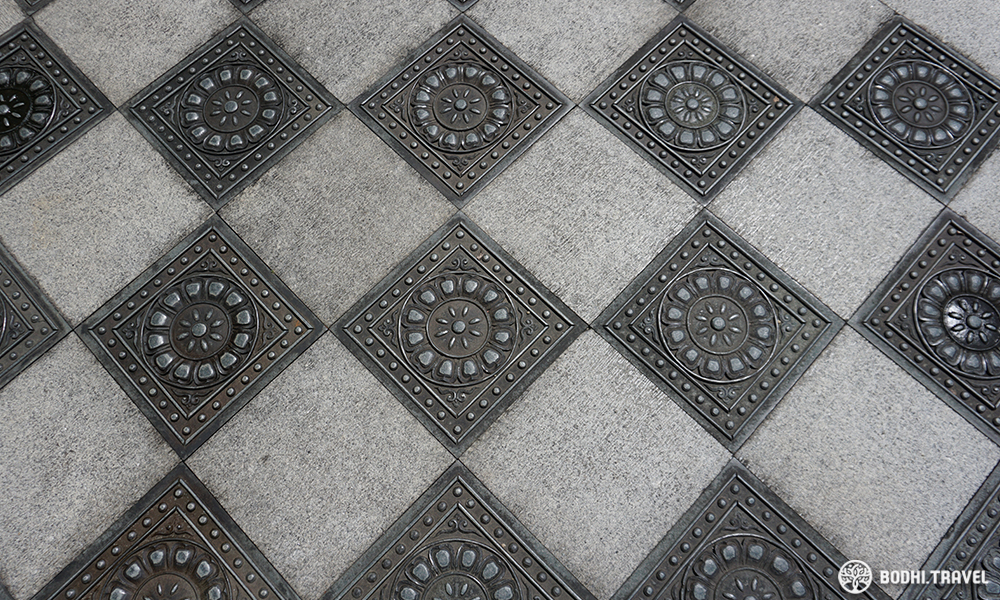
Lotus is an important symbol in Buddhism. Thus in the Monastery we will get to see many depictions of lotus throughout, including these beautiful floor tiles.
For more information on Lotus, please see our earlier blog:
MORE ARTICLES: The Lotus
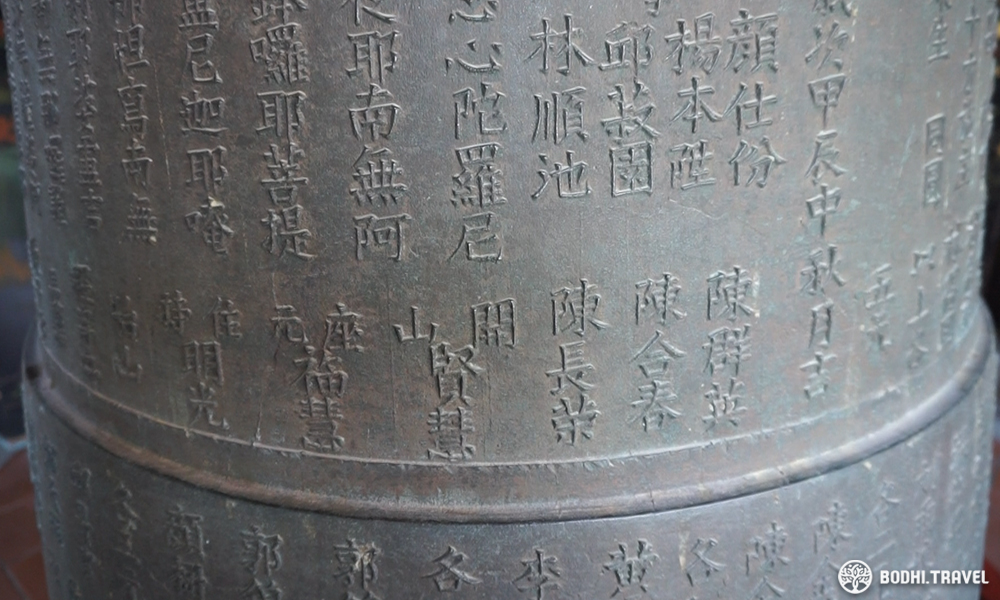
This historical bell, originally from the Bell Tower, is currently at ground level next to the Hall of Celestial Kings while the Bell Tower is being restored. In accordance with Chinese traditions, the bell also serves as a historical document with the names of important contributors inscribed onto the bell. Here we can see the Chinese terms 开山 meaning founder and 贤慧 the name of the first abbot, Venerable Xianhui.
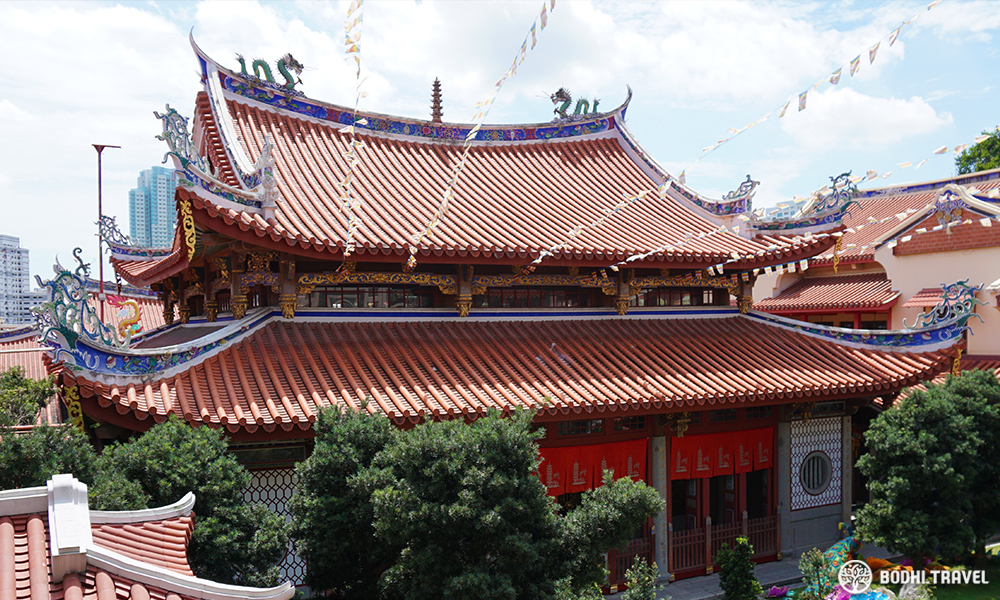
The roofs of traditional Chinese buildings hold special significance in Chinese architecture. In addition to protecting the inhabitants from weather elements, the roof is also designed to ward off evil spirits and invite blessings and auspiciousness. Here you can see the distinctive curved eaves at the end of each roof with two dragons. This particular dragon is chiwen, another mythical son of the Dragon King. Chiwen’s ability to summon water is crucial for fire prevention, a common disaster for wooden buildings.
The Monastery is open daily from 8am to 5pm and entry is free.
More information can be found at https://www.shuanglin.sg/.
Want to know more stories about Lian Shan Shuang Lin Monastery? Bodhi Travel guided tours can be booked at [HERE]
For group tours, please contact us at [email protected].
MORE ARTICLES: 5 Facts about Shuang Lin Monastery
MORE ARTICLES: Om Mani Padme Hum




